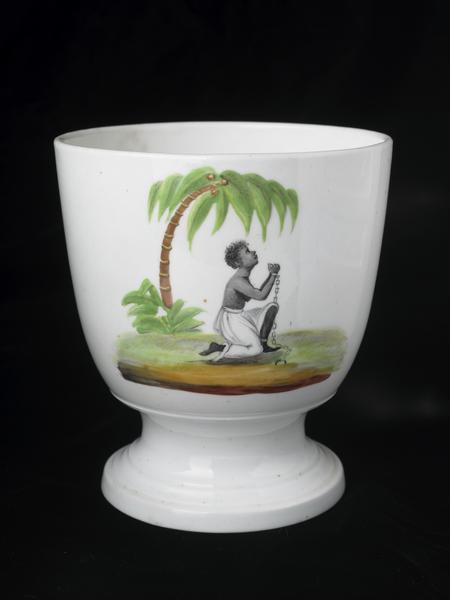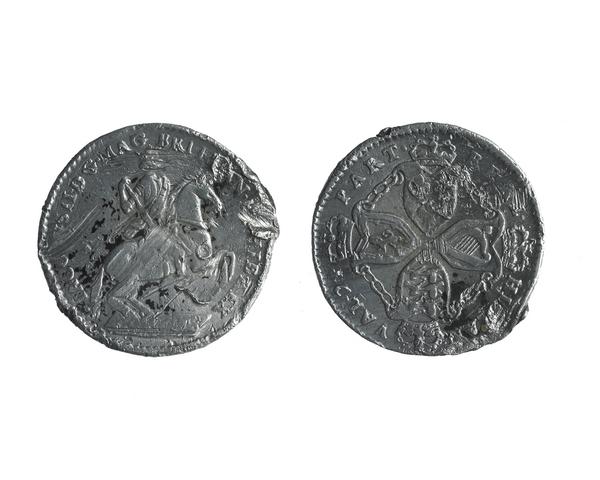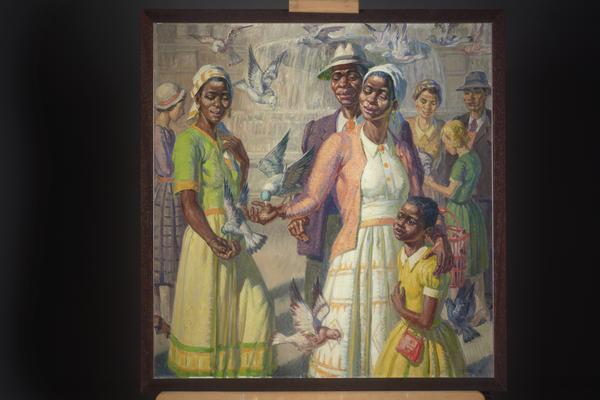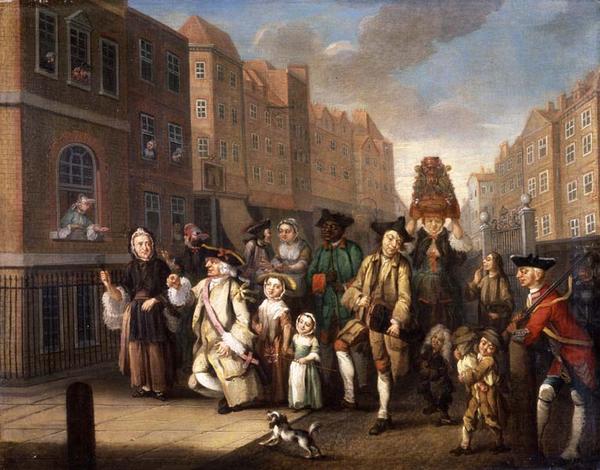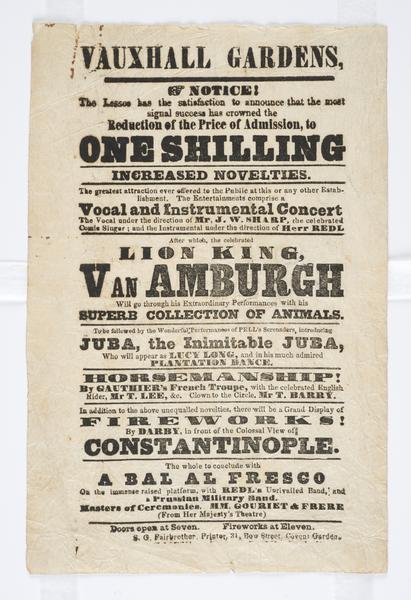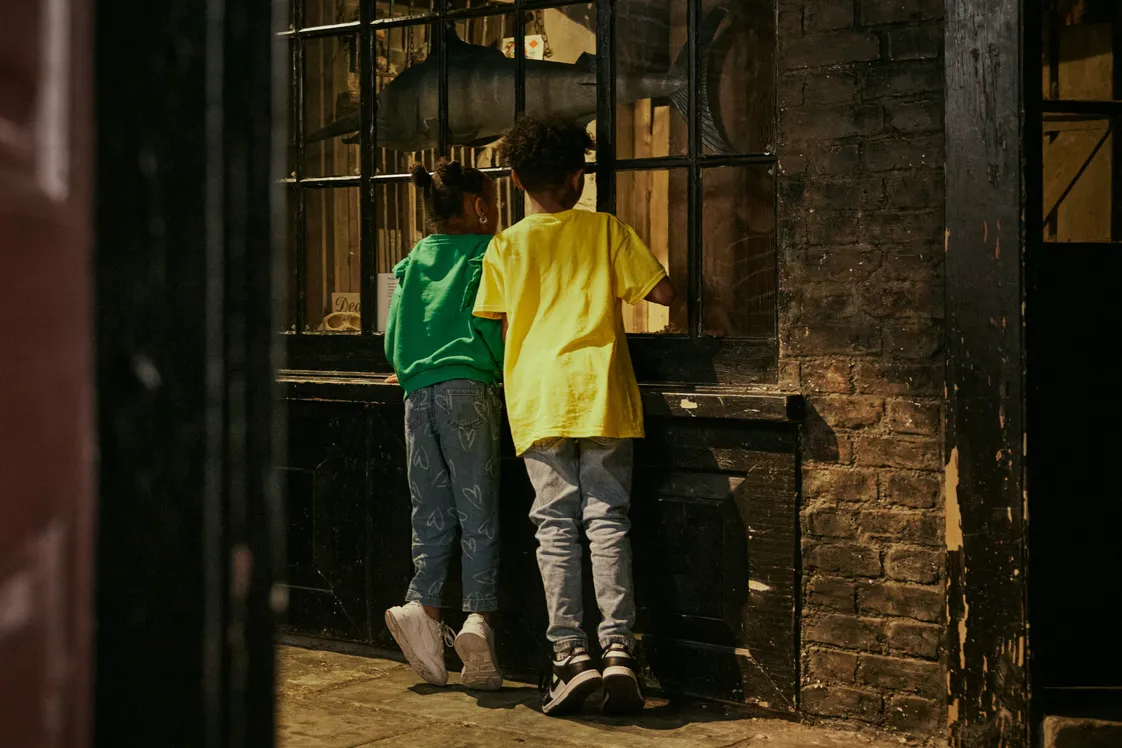London, Sugar & Slavery: 1600 – present
This gallery shines a light on London’s overlooked role in slavery. Because in reality, London was one of the world’s most significant slave-trading ports.
Only ships registered in Liverpool, Bahia and Rio de Janeiro trafficked more African men, women and children into slavery. But it was London that benefited most from slavery’s profits.
Profits flooded into banks, insurance and the government. It funded shipbuilding, contracting, dock building and business. In short, slavery became part of London's fabric.
The campaign to end slavery gained momentum. Enslaved people in the Caribbean rebelled, helping to undermine profits. And in London, people shared anti-slavery literature and stopped buying sugar.
Slavery in the British empire eventually became illegal in 1833. However, plantation owners then introduced ‘apprenticeships’. The apprenticeship system didn't work and people were still treated inhumanely like ‘slaves’. It was finally scrapped five years later.
In this gallery, you'll hear about the lives and stories of some of the people affected by slavery. The gallery was created in 2007 and is one of the only permanent UK displays dedicated to the British trade in enslaved Africans.
In 2024, we added two new artworks by artist Caroline Chinakwe to the London, Sugar & Slavery gallery.
His Lived Experience draws on the contemporary lives and experiences of Black Londoners and asks the question: what does it mean to be Black in Britain today?
Find out more about the artworks in our blog written by Caroline Chinakwe
Our Holding Emotions display gives an opportunity to connect with and confront complex emotions after visiting the gallery.
The gallery might spark a sense of acknowledgement for some and curiosity for others. It also might trigger discomfort, anger and disappointment. Where do these feelings go?
The display can be found directly after the London, Sugar & Slavery gallery.
Find out more about Holding Emotions
London, Sugar & Slavery is open 10am – 5pm every day at London Museum Docklands.
Please note that we'll start closing up the galleries at around 4.40pm.
There's lots to see, so we recommend you spend at least 15 minutes in the London, Sugar & Slavery gallery.
It's the third gallery on our recommended route and you'll find it on the Third Floor.




